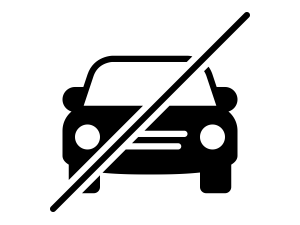
New suzuki range of cars, suvs, wagons, sedans, trucks prepared to consume LPG / Propane
Michio Suzuki, the founder of Suzuki, started as Toyota in the textile industry, producing automated looms in 1909 in a small coastal town called Hamamatsu. For years, his company was successful, but over time Suzuki realized that he would have to diversify if he wanted to stay in business.
At the beginning of the 1980s, Suzuki began to expand across the ocean, thanks to a commercial agreement with GM (in 1981) that gave it an important niche in the western market. In addition, they started an association with the Indian car company Maruti in 1983 to produce automobiles there. A year later, in 1984, Suzuki Motor GmbH Deutchland opened its doors in Heppenheim, Germany. The Swift and Vitara models were introduced in the late 1980s and Suzuki reached a production of 10 million units. During the 1990s, the company continued to grow with factories around the world and several other 4x4 models were introduced. Currently, Suzuki is the 12th largest automaker in the world with 35 production plants worldwide and a presence in 192 countries.
The range of cars with LPG Autogas offered by the suzuki brand in USA has been extended with the approval of equipment to retrofit their cars:
A new suzuki LPG / Propane Model of van in USA usually maintains the same gasoline system as the traditional version incorporating the LPG / Propane equipment
the suzuki LPG / Propane van has a price slightly higher than the gasoline version but lower than the diesel version
Although it can be established that operating in LPG / Propane mode the vehicle consumes a little more than gasoline, the price of fuel has an interesting saving
The refilling from the supplier is carried out in a time comparable to that necessary for refueling gasoline. The system is, likewise, very simple and comfortable.
Being a cleaner system, catalytic converters, filters, "adblues" are eliminated, which reduces the possibility of mechanical breakdowns. Thus, for example, the service life of the oil increases with what it means for motor care
The first cities begin to limit the access of diesel vehicles, in their restrictive regulations vehicles with LPG have access advantages
Cars with the possibility of being adapted to consume LPG
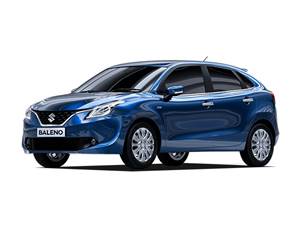
Baleno
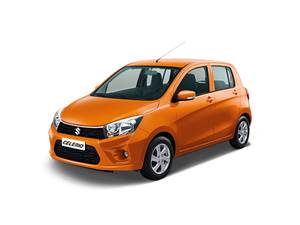
Celerio
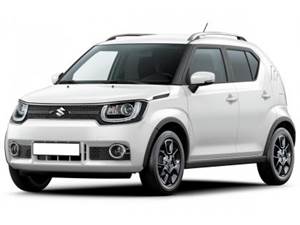
Ignis
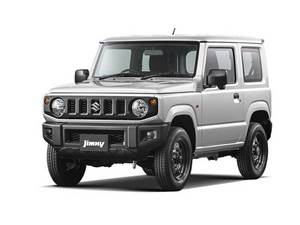
Jimny
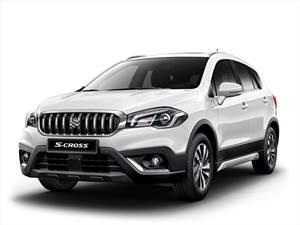
S-Cross
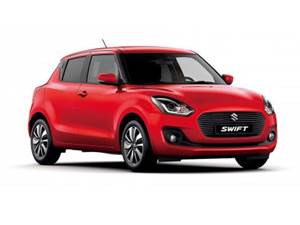
Swift
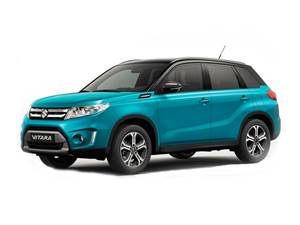
Vitara
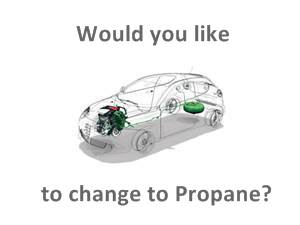
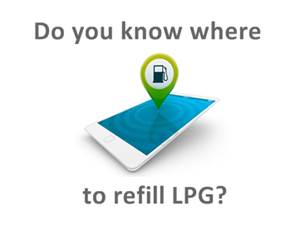

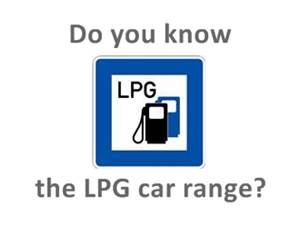
If the Porsche Macan Turbo is an example of a petrol engine without equal in performance, the Suzuki SX4 S-Cross Bi-Fuel has shown us that the Otto engine can also be a cheaper alternative to diesel. In the specific case of this compact SUV, the "trick" is in the installation of a feeding equipment that uses LPG (Liquefied Petroleum Gas), a mixture of propane and butane obtained with the oil during its extraction. and during its extraction. Refined here you have a lot of additional information about LPG and its adaptation to the car. Easy. Extremely simple, the board has multimedia equipment with GPS and rear view camera, exclusive GLX-EL. Inside, we also find seats with heating, dual temperature control and control that allows us to switch between three programs to regulate torque distribution and traction control. The leather upholstery is also exclusive to the GLX-EL finish. The rear seats are quite spacious and the trunk is in the middle of the category, with very useful shapes. Of course, the gap of the spare wheel disappears to leave space for the LPG tank, about 40 liters, which allows a real autonomy of approximately 570 km. Focusing on the case of the S-Cross, the adaptation of the double fuel is not done in the factory, but the distributor does it by installing a Tartarini equipment. This conversion consists of increasing the vehicle's invoice by $ 2,000 and can be applied to different variants of equipment level and type of transmission. The SX4 S-Cross is available in 4x2 or 4x4, with petrol or diesel 1.6 engines. For the 4x4 range, there are three finishes in the case of diesel (GLE, GLX and GLX-EL) and two in the Otto (GLE and GLX-EL). Both engines are combined with a five-speed manual transmission, while the gasoline engine can be controlled with a continuously variable automatic ratio (CVT). The prices start from 22,395 euros of 1.6 GVT VVT, 2,000 euros more in the bi-fuel version and 3,900 in the case of the GLE diesel. Its operation is simple, since the system automatically switches between LPG and gasoline. Ideally, use the liquefied gas for as long as possible, but if the engine is cold, use gasoline until the coolant temperature reaches 40 degrees Celsius, at which time the LPG injectors will take over. The power card is basically the same as the factory card, but the mix is a bit richer (up to 20%). However, given that LPG costs approximately half that of 95 octane unleaded petrol (0.737 euros on average in July versus 1.437 euros), the savings are obvious. Therefore, 2,000 euros are amortized in 61,622 kilometers, while compared to the diesel engine, the savings start at kilometer zero, since the cost per kilometer of LPG is lower and the vehicle is 1,900 euros cheaper. Remember that these calculations are made without applying the PIMA Air subsidy, which will allow us to reimburse up to 1,200 euros of the 2,000 invested, which will reduce the depreciation of less than 25,000 km. Without loss of power In practice, there is no difference between driving with gasoline and LPG. If we approach the engine at idle, we can hear a slight hit of liquefied gas injectors, but the response is almost identical, as shown by the power bank. In the other 4x4 that we tested in the past fed with LPG, we detected a loss of performance between 2% and 5%, but in this case, it did not happen like this: the response is very linear, compared to a turbo diesel and not particularly bright to be a gasoline engine, but it is correct in all cases. Dynamically, the S-Cross Bi-Fuel is identical to its line of siblings: comfortable, quiet, stable, with suspensions neither too soft nor too hard, a change in excellent touch, but with jumps between marches marked and a very assisted direction. The noise of the engine can only be heard if we are walking on the accelerator or approaching the red zone of the tachometer, but it is not a sophisticated noise. Neither is the bell that warns us that we are near another vehicle when we intend to park. But all this is peccata minuta in a car that consumes only 7 to 7.5 liters of LPG per 100 km in real conditions, equivalent in price to less than 4 liters of fuel.
 POSSIBILITY OF BEING ADAPTED TO CONSUME LPG
POSSIBILITY OF BEING ADAPTED TO CONSUME LPG




